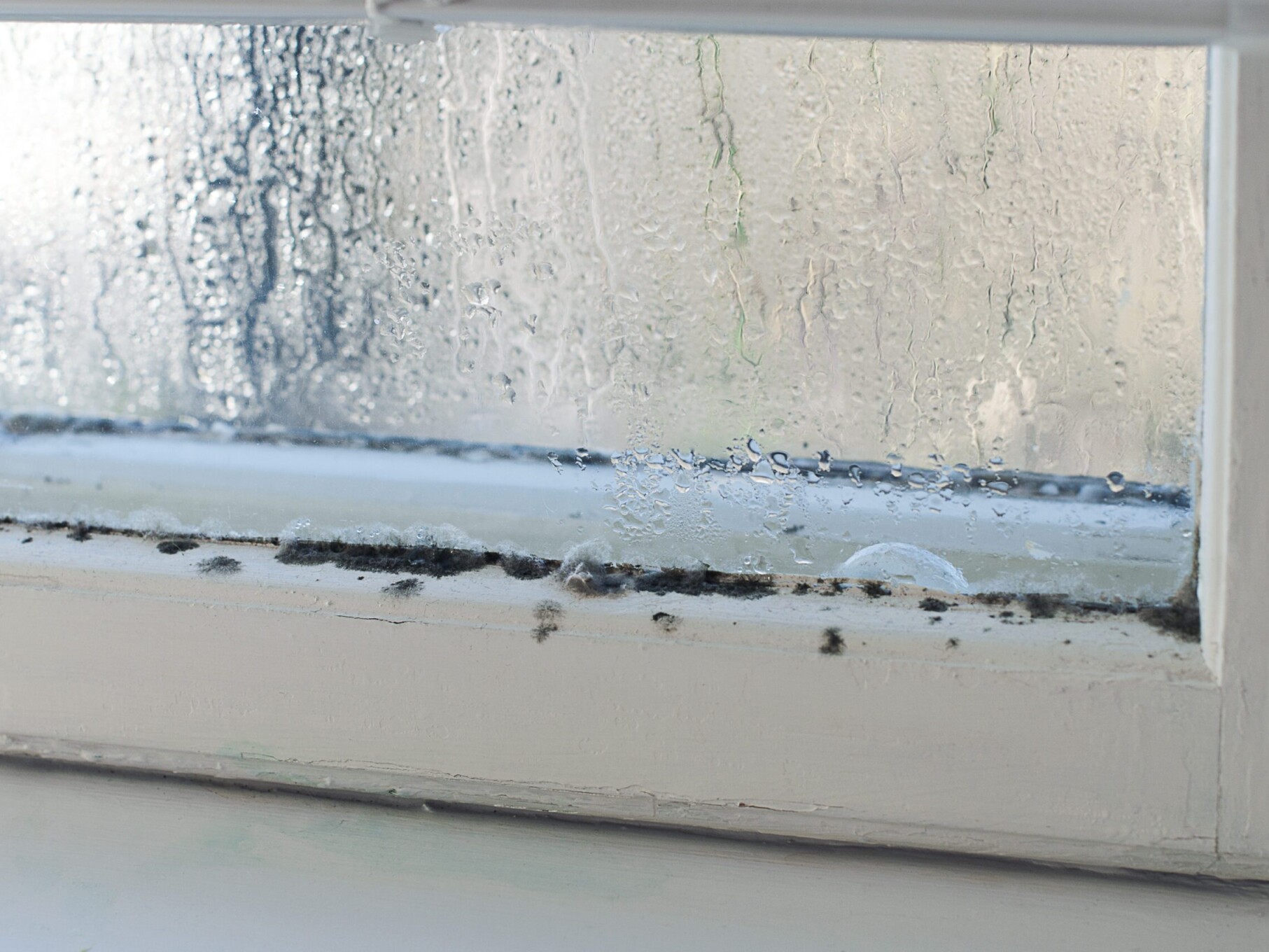Our expert on VTM: this is how we tackle rising damp
Great news! Recently, our moisture expert Jeffrey Cleners was featured in the VTM program Can I also. In the episode, he talked about rising damp, a common problem. Not only can this problem cause damage to your home, but it also has adverse effects on your health. This is why it is important to take action.
In the broadcast, we explain our approach step by step.
25/03/2025
How do you recognize rising damp?
Before dealing with the moisture problem, it is essential to be sure that it is about rising damp goes. In fact, each type of moisture problem requires its own specific moisture solution.
Creeping moisture manifests itself in most cases just above ground level and occurs only on the ground floor or in the basement. You will see the moisture spots thus found mostly low to the floor.
The most common signs are:
Rising damp is a problem that occurs in both winter and summer. In winter, frozen moisture expands, which can lead to broken joints in exterior walls.
You let the diagnosis best performed by an experienced field engineer. Who has the right knowledge and measuring equipment to correctly identify the problem and avoid confusion with other moisture problems.
Get rid of rising damp permanently with wall injections
Once a field engineer has determined that the moisture problem is indeed rising damp, he or she will recommend the following wall injections performing with a special gel. In Can I also show our moisture expert how we work.

Wall injections are effective against rising damp, provided the wall is in good condition. Severe damage or deeply penetrated salts may require additional measures, such as installing a additional weir or replacing parts of the wall.
Treating rising damp permanently
The example presented by AquaConsult in Can I Do It Too? demonstrates that rising damp can be a major problem for homes, but that with the right approach, it can be easily remedied. The method of injecting with gel offers a relatively simple and effective solution, but is best performed by professionals. By combining this technique with a salt membrane and new plaster, the wall can be restored to its optimal condition.
Are you suffering from a moisture problem? Request a free moisture assessment from AquaConsult now.
Request more information and brochure
Answer the questions below and get more information and our brochure based on them. Would you like to have the cost calculated? Then indicate this clearly in the text field below and we will do the necessary.






